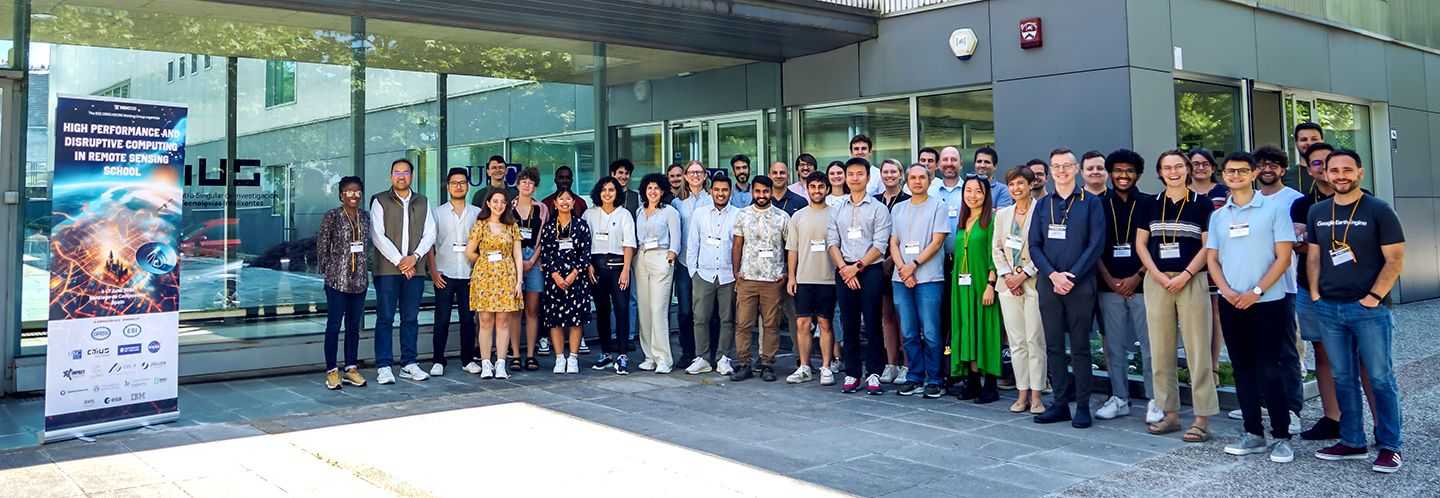
CiTIUS brings prestigious IEEE Remote Sensing School to Santiago de Compostela, featuring experts from NASA, Google, and IBM
The Research Centre on Intelligent Technologies of the University of Santiago de Compostela (CiTIUS) is hosting this week the fourth edition of the "High Performance and Disruptive Computing in Remote Sensing" school.
Santiago de Compostela is hosting from 4 to 7 June the fourth edition of the International School "High Performance and Disruptive Computing in Remote Sensing". Organised by the High Performance and Disruptive Computing in Remote Sensing Working Group of the GRSS Earth Science Informatics Technical Committee (ESI TC), this event is led by senior CiTIUS researcher Dora Blanco Heras, and will take place from 4 to 7 June.
High performance and disruptive computing in remote sensing are two crucial areas for handling the immense volumes of data generated by modern remote sensing technologies. These advanced computing methods enable efficient processing, analysis, and interpretation of remote sensing data, which is vital for applications in areas of major challenges, such as environmental monitoring, disaster management, or climate research.
The course has attracted thirty-five students from various countries around the world, with fifteen of them receiving partial funding from IEEE GRSS to attend. The programme also includes a guided visit the Galician Supercomputing Centre (CESGA) which counts on the greatest public quantum computer of Southern Europe among its facilities.
The primary goal of this school is to familiarise participants with advancements in parallel and scalable methods using state-of-the-art computing technologies as they apply to Remote Sensing. Additionally, it provides an invaluable opportunity for students and young professionals to network with established researchers in the field, thereby promoting collaboration in HDCRS interdisciplinary research.
The curriculum of the school will comprise different sessions organised into three major topics: features offered by Google Earth Engine for Earth Observation, Large-Scale AI focused on Foundation Models and Large Language Models developed by NASA and IBM, and Quantum Computing for Geosciences and Remote Sensing. These presentations will be available a few weeks after the course, through the IEEE GRSS YouTube channel.
A host of distinguished lecturers will participate in the school, including, among others: Manil Maskey from NASA; Thomas Brunschwiler and Carlos Gomes from IBM Research; Bertrand Le-Saux, from ESA; Álvaro Moreno and Emma Verdiguier, representing Google; Lois Orosa, from CESGA; Gabriele Cavallaro, from the University of Iceland and the Jülich Supercomputing Centre; and Dora Blanco from CiTIUS.
Further information about the course and its programme can be found at HDCRS Working Group.
About HDCRS Working Group
High Performance and Disruptive Computing in Remote Sensing (HDCRS) is a working group of the IEEE GRSS Earth Science Informatics Technical Committee, dedicated to advancing the field through collaborative research and cutting-edge technological applications.